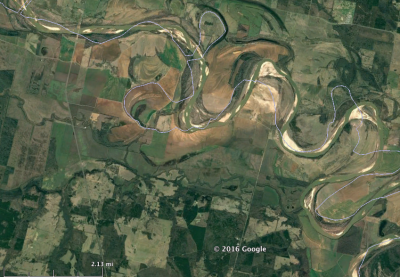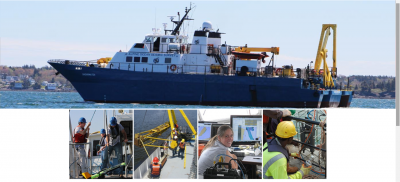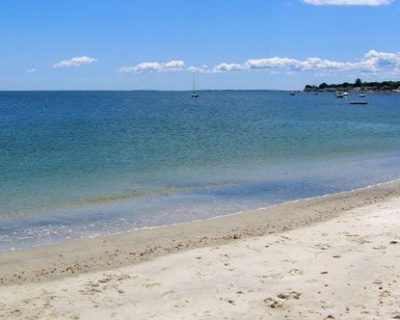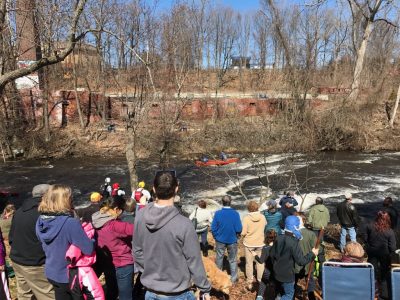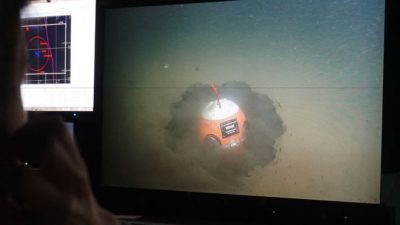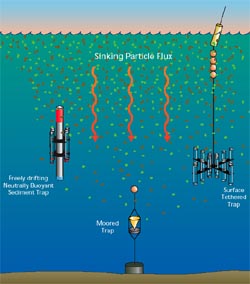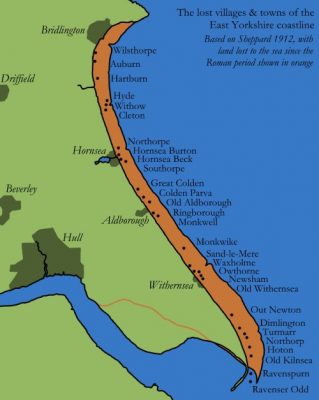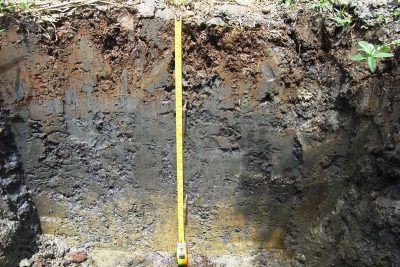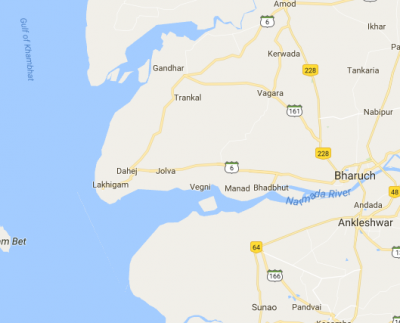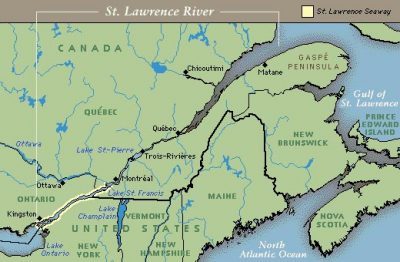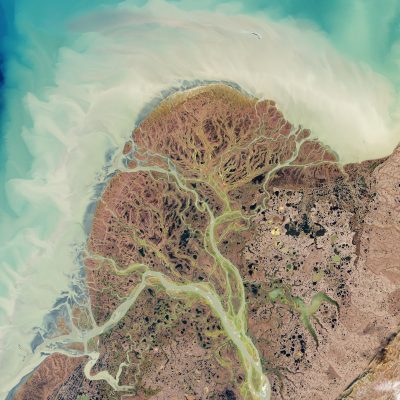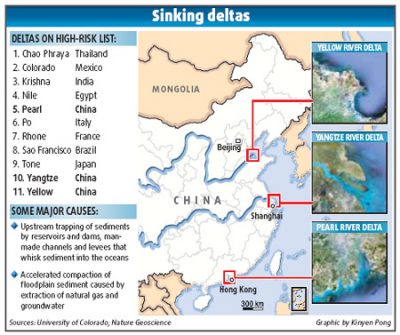Dust storms are to deserts what floods are to rivers. They are quick, massive, and dangerous. Like floods, they can also cause destruction to infrastructure, including homes, and people have been killed by them (Giuggio). However, the main danger presented by dust storms is longer term than being buried under piles of sand.
Dust storms have the ability to spread pathogens all over the world (Vidal). They have the power to pick up heavy metals, viruses, and harmful chemicals (Main). Because the dust particles are small, they can be just as harmful as smog, for example, in delivering toxins deep into the body (Vidal). This concern will only grow as humans have a greater impact on the environment. Many activities, especially those concerned with agriculture, are drivers of both frequency and magnitude of dust storms (“Global Assessment of Sand and Dust Storms”).
Further, long term exposure to airborne dust particles has been shown to have negative health effects. Dust can exacerbate respiratory problems, such as asthma (Park et. al.). They have also been shown to drive up mortality rates generally, though the exact mechanisms for this are less clear (Perez et.al.).
While Dust storms pose an intense threat to human health, they are also an indicator to the overall health of the planet. The increased amount of particles in the air not only add to the quantity of dust, but also helps to magnify the effects of global warming, and climate change. This in turn would cause the Earth to dry more, and therefore more dust storms to occur (Todorova). The increase in Dust storms can pose problems for areas such as Syria and Iraq, destroying crops, and causing people to flee their homes, in this case as climate refugees.
Situations such as this, (destroying crop fields and plant life) is reminiscent of the Dust Bowl Phenomena in the United States. Known as the “Worst Manmade Ecological Disaster,” the phenomena occurred because of the rapid conversion of grassland to agricultural land, which didn’t hold the soil in place as wind swept by. There were thousands displaced by this event-which lasted about 10 years on an overall scale, until drought was replaced by rain, and the dust settled, and plants began to slowly grow back (West). This same situation could be in the imminent future, but will not heal with rain, because global warming and climate change will make area’s that are dry, drier, and not give them a reprieve with rain.
Taylore Grunert and Madeline Kollegger
Works Cited:
Giuggio, Vicki M. “How Dust Storms Work”. How Stuff Works, n.d. Web. Retrieved 20 Feb. 2017 from: http://science.howstuffworks.com/nature/climate-weather/storms/dust-storm5.htm
Main, Douglas. “7 Crazy Facts about Dust Storms” Live Science, 24 Apr 2013. Web. Retrieved 20 Feb 2017 from: http://www.livescience.com/31923-7-crazy-dust-storm-facts.html
Park et al. “Effects of ambient particulate matter on peak expiratory flow rates and respiratory symptoms of asthmatics during Asian dust periods in Korea”. Respirology, vol. 10, no. 4, Sep 2005, pp. 470-476.
Perez et al. “Coarse particles from Saharan dust and daily mortality”. Epidemiology, vol. 19, no. 6, Nov 2008, pp. 800-807.
Todorova, V. (2016, May 23). Climate change could lead to more dust storms in UAE, study shows. Retrieved February 21, 2017, from http://www.thenational.ae/uae/environment/climate-change-could-lead-to-more-dust-storms-in-uae-study-shows
UNEP, WMO, UNCCD. “Global Assessment of Sand and Dust Storms”. United Nations Environment Programme, Nairobi. Edited by: Gemma Shepherd, UNEP.
Vidal, John. “Dust storms spread deadly diseases worldwide”. the guardian, 26 Sep. 2009. Retrieved 20 Feb. 2017 from: https://www.theguardian.com/world/2009/sep/27/dust-storms-diseases-sydney
West, L. (2016, July 05). Dust Bowl: The Worst Environmental Disaster in the US. Retrieved February 21, 2017, from http://environment.about.com/od/environmentalevents/f/dustbowl.htm

